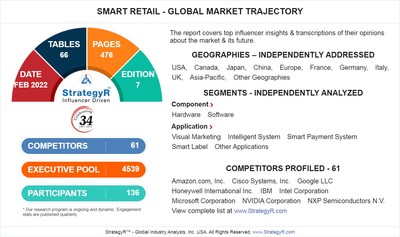Retailers guilty of 142% mark-ups: Report – StartupSmart
Australian retailers are marking up products by as much as 142% as they struggle to cover overhead costs such as rents, storage and service, according to a new report.
Australian think tank The Australia Institute recently surveyed 1,400 Australian consumers, highlighting their lack of knowledge regarding product mark-ups.
One fifth of survey respondents thought that fresh food has the highest mark-up when in fact fresh food has one of the lowest mark-ups of 47%.
According to the survey, clothes and shoes have the biggest mark-up at 142%, while electronic goods are marked up by an average of 85%.
Most survey respondents believed furniture was marked up just 5% when in fact it receives an average mark-up of 76%.
Books, newspapers and magazines are marked up by 52%, while DVDs and music receive a mark-up of 40%.
According to the report, most consumers believe a retail mark-up of about 35% is reasonable, which is in stark contrast to the reality.
The report reveals that Australians are also paying more than shoppers in other countries – up to 100% above the US price and 30% higher than the UK.
The National Retail Association has defended the excessive mark-ups, arguing traditional retailers are struggling to cover the cost of rents, storage and services.
The NRA is also calling for an extra 10% to be added to cover GST, which does not apply to imports valued under $1000.
“Australian retailers will never be able to develop price parity for so long as we have this inequitable tax and customs regime,” NRA executive director Gary Black says.
According to consumer group Choice, retailers need to change their business strategies if they want to survive in the current retail climate.
Choice spokesperson Ingrid Just says online retail is creating an environment where consumers are able to compare products with overseas retailers, whereas before retailers were “sheltered by our geography” and were able to charge more.
While half of survey respondents were concerned that online shopping is destroying local jobs, this has failed to prevent a significant shift to online shopping over the past six years.
Domestic online retailers doubled their market share from 2.1% in 2005 to 4% in annual sales in 2010.
According to the institute’s executive director Dr Richard Denniss, frugal shoppers are increasingly heading online at the expense of bricks-and-mortar retailers.
“The fact is, traditional retail is a very expensive way of delivering products to customers and – just as digital cameras have decimated photo development labs – so too will online retail transform the way Australians shop,” he says.
“Given the huge disparity between people’s perceptions of what is a fair mark-up and what they are being charged in bricks-and-mortar shops, it’s not surprising that they are choosing clicks over bricks.”

